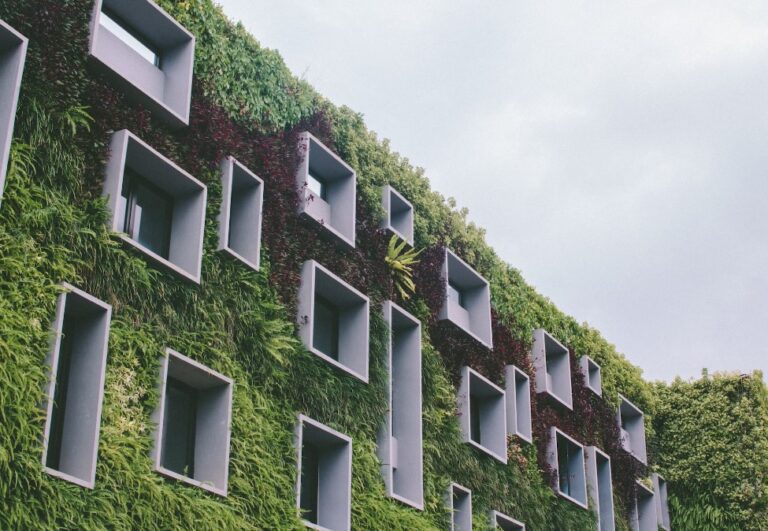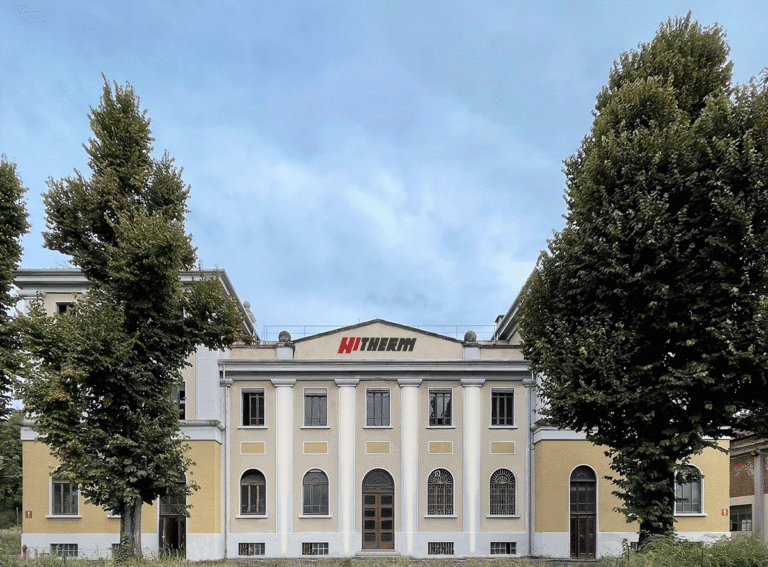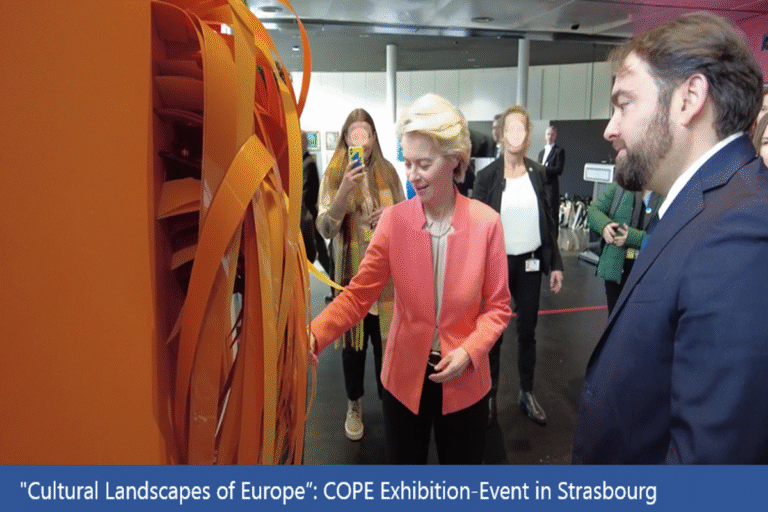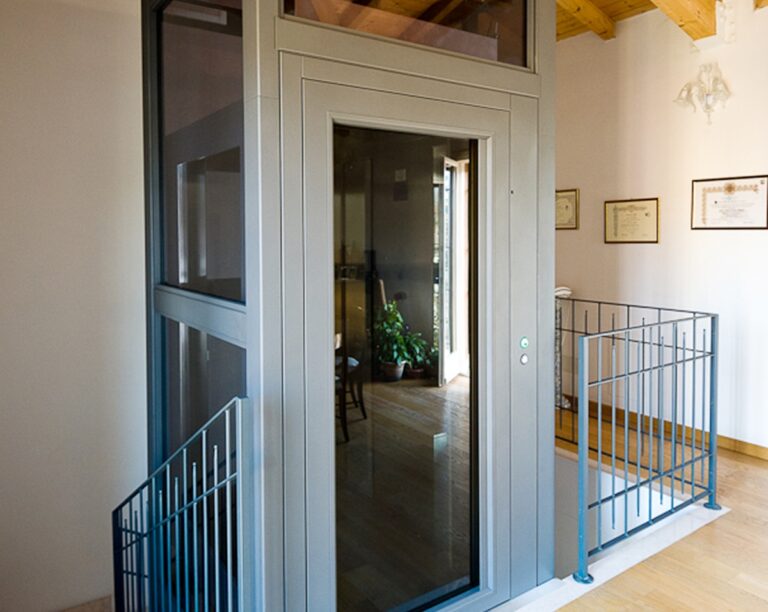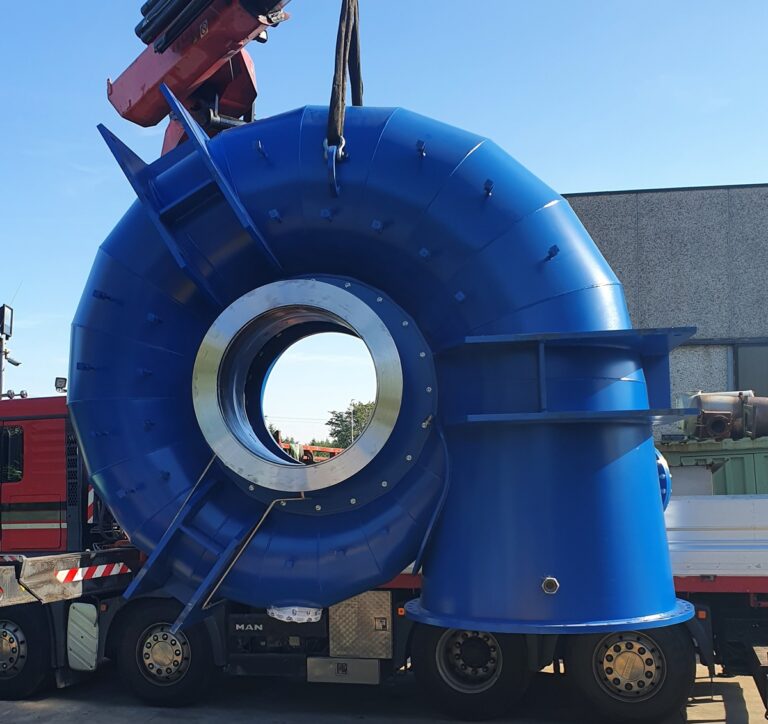Nearly Zero Energy Buildings (NZEB) are buildings designed to consume extremely low amounts of energy, almost to negligible levels.
Table of Contents
What are Nzebs buildings
But how can we achieve these goals? The solution lies in both the renovation of existing buildings and the design of new buildings with innovative criteria, advanced features and positive environmental effects.
This is where Nearly Zero Energy Buildings, known by the acronym Nzeb, come into play. These buildings are designed to consume an extremely low amount of energy, almost to negligible levels. The origin of the term Nzeb dates back to when it was introduced in the package of European Directives known as Epbd.
These European directives emphasized the importance of national regulations that encourage the implementation of energy-efficient buildings in all European Union member states.
Characteristics of Nzeb buildings and their operation
A Nzeb building has a number of distinctive features and is based on innovative solutions and advanced materials. These buildings are designed according to sustainable and bioclimatic design principles, integrated into their surroundings, properly oriented to maximize the use of natural resources such as sun and wind.
They have excellent thermal insulation, powered primarily by renewable energy, and equipped with technologically advanced systems.
A crucial aspect in the design of a Nzeb building is heat management. During winter, the goal is to maximize the use of solar heat, store it, and ensure excellent thermal insulation.
Conversely, during summer, it is critical to shield the building from heat and use high-performance thermal insulation techniques along with effective shading systems. It is important to minimize heat loss in any season.
Difference between passive house and Nzeb
The requirements for a near-zero energy building vary. But there are some basic principles to follow to ensure that the design is efficient and environmentally sustainable. According to current regulations, a Nzeb building should have very low or no energy requirements in both winter and summer.
It is important to note that there is a significant difference between near-zero energy buildings and Passive Houses.
Passive Houses focus not only on energy balance and the use of renewable sources. But place a greater emphasis on the environmental comfort of the occupants, both during the winter and summer months.
Passive Houses are designed with a green building approach. And are often able to manage indoor comfort without the need for high energy consumption systems from renewable sources. This makes them more cost-effective and with lower CO2 emissions than traditional buildings.
Nzeb regulations in Europe
The concept of near-zero energy buildings and the obligation to construct such buildings were introduced by the European Directive Epbd 2010/31/EU. This directive set the goal of increasing the share of Nzeb buildings in all European Union countries by setting targets and incentivizing the adoption of appropriate measures.
Through the combination of innovative design, advanced technologies, and the use of renewable sources, it is possible to significantly reduce the energy consumption of buildings, lower operating costs, and contribute to better environmental protection.
Read also: Stockholm Wood City: from Sweden the world’s largest wooden neighborhood

